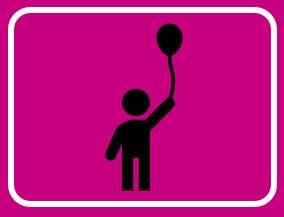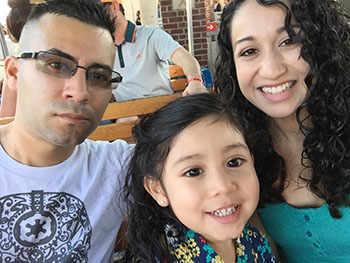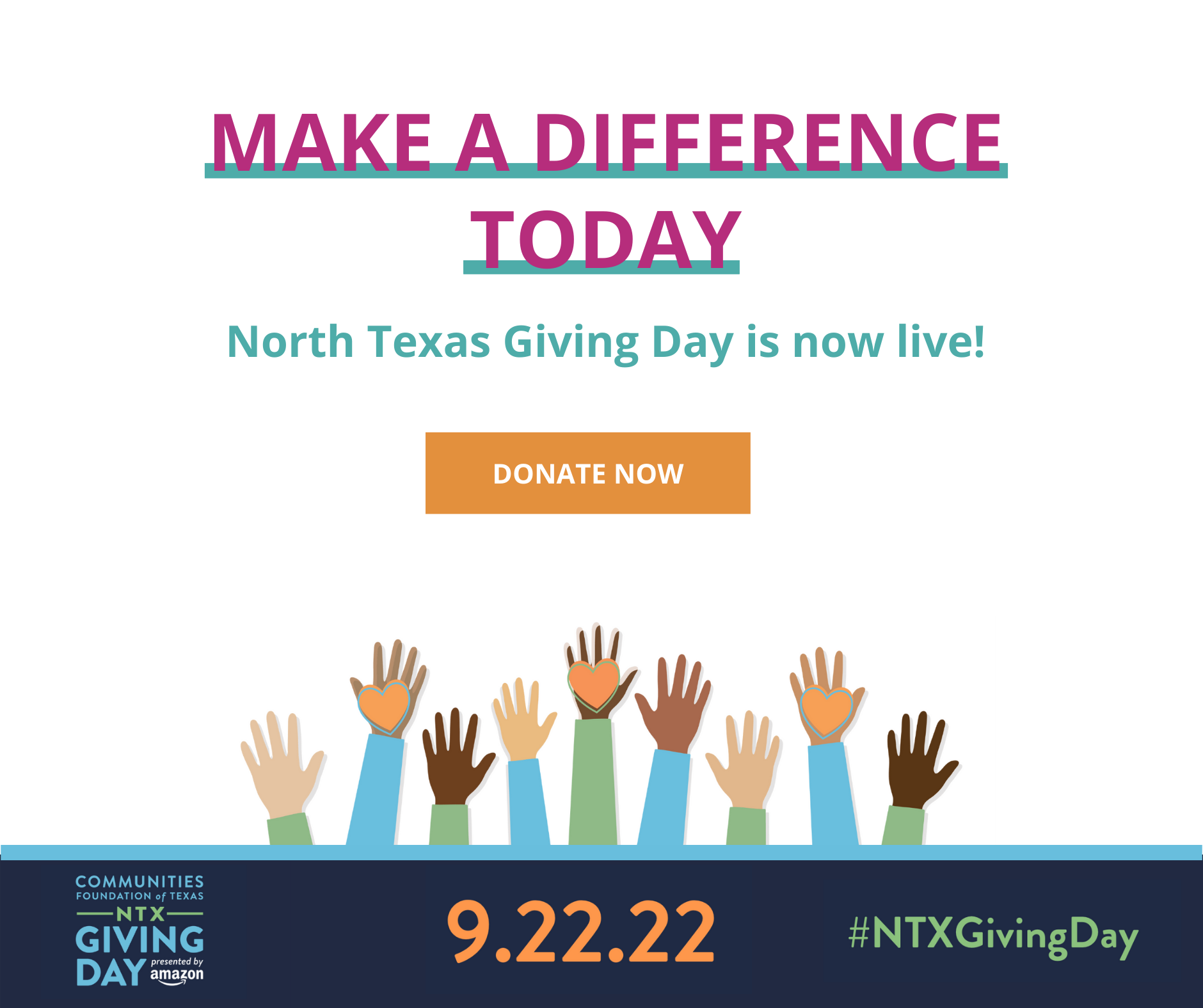In this special edition of Frontline for Children, we take a deep dive into the latest research and resources on home visiting as part of our #HomeVisitingIsEssential campaign.

TexProtects Takeaway: Home visiting saves dollars and makes sense. Investments in home visiting programs demonstrate positive impacts and cost savings across two generations and multiple domains including child abuse prevention, maternal mental health, child health, economic stability, and school readiness. However less than 4% of Texas families that could most benefit from these programs currently have access. Now more than ever, it is critical that we do more of what works and less of what doesn’t. Home visiting works, and Texas needs to do more to support families so that they can ensure healthy beginnings and successful futures for their children.
HOME VISITING RESOURCES FROM TEXPROTECTS
The fourth release of TexProtects’ Home Visiting in Texas report. In it, we overview the landscape of home visiting, including history, families and communities served, funding, return on investment and demonstrated outcomes, and program descriptions. We hope it will serve as a useful resource for those new to home visiting and advocates in need of tools to communicate about its footprint and impact.
Home Visiting Advocacy Toolkit
Resources, templates, and talking points for supporting home visiting during the 87th Texas Legislative Session – all in six steps. Join us as we spread the message that #HomeVisitingIsEssential.
Future Directions for Home Visiting in Texas (with Child Trends)
This report looks to the future of home visiting in Texas by outlining 5 innovative strategies to help increase quality and expand access including partnering with multiple state agencies, leveraging technology, addressing workforce challenges, expanding connections with other systems, and using precision research.
HOME VISITING AND TELEHEALTH
“Two fields—medicine and behavioral health—have explored the use of telehealth, defined as the use of electronic platforms such as video, texting, or online content to support long-distance health services. Studies comparing in-person and telehealth models have generally found similar outcomes across the two modes of service. Because of the overlap between the kinds of services that both telehealth services and home visiting programs provide—including assessment, information sharing, and support—lessons learned from telehealth can be valuable to home visiting.”This blog applies telehealth research to the HV field.
Advancing Home Based Parenting Programs Through the Use of Telehealth Technology (Traube, D., Hsiao, H., Rau, A., Hunt-O’Brien, D., Lu, L., & Islam, N.)
“Home-based parenting programs have demonstrated impact on the prevention of child maltreatment, promotion of child screening and health care, and increased school readiness. However, cost and time resources make access to home-based parenting programs limited. Telehealth delivery systems may help to fill this gap, reducing barriers and expanding the reach of home-based parenting programs. This manuscript describes a pilot feasibility study focusing on model fidelity for delivering a home-based parenting program (Parents as Teachers) via a university-based telehealth interactive video conferencing technology. Results indicate that the program was able to meet all fidelity measures related to supervision, training, and curriculum delivery.”
Implementation of a telehealth-enhanced home visiting programme for families of young children (Jetelina, K., Oke, O., Rodriguez, P., Weerakoon, S., & Barlow, S.)
“A large pediatric healthcare system implemented a telehealth-enhanced home visiting program as an extension of primary care services.” Results of this evaluation suggest that “Once families were enrolled, the program was fairly successful in addressing patient outcomes. The program and visit process was highly regarded by families and the unlicensed healthcare professionals. Future program recommendations, such as small programmatic changes and major improvements in the clinic, should be implemented before widespread dissemination.”
COVID-19’s Early Impact on Home Visiting: First Report of Results from a National HARC-Beat Survey of Local Home Visiting Programs (Home Visiting Applies Research Collaborative – HARC)
“This HARC-Beat survey “took the pulse” of local programs nationally in their early efforts to adapt to disruptions arising from the pandemic. It included all local programs regardless of model or funding sources. It aimed to provide useful information to advance the field overall in helping individual programs adapt to the pandemic, for example through efforts such as the Rapid Response Initiative.” Among other things, the survey asked about social distancing policies, changes to the HV workforce, and challenges in shifting to virtual formats.
HOME VISITING AND MATERNAL HEALTH
Reflective parenting home visiting program: A longitudinal study on the effects upon depression, anxiety, and parenting stress in first-time mothers (Vismara, L, Sechi, C., & Lucarelli, L.)
“Our study aimed to investigate the effects of a reflective parenting home visiting program in first time-mothers at risk for depression, anxiety, and parenting stress, from three to 12 months after their child’s birth… Our findings confirm the benefits of reflective parenting home visiting programs and underline the need to constantly evaluate the levels of depression, anxiety and parenting stress throughout the perinatal period to target effective prevention programs to foster early mother-child attachment bond.”
Addressing maternal mental health to increase participation in home visiting (Molina, A., Traube, D., & Kemner, A.)
“This study aimed to examine rates of depression among mothers in the national Parent as Teachers (PAT) home-visiting program, whether various high needs characteristics were associated with elevated depressive symptoms, and whether depressive symptomology and initiation of outside mental health treatment were associated with attendance and retention in services, particularly after considering important family risk factors… Results demonstrate that mothers with higher depressive symptoms, including those in the subclinical range, have a harder time participating in home-visiting services, even though they may need the support the most. However, when PAT home-visitors address maternal mental health and mothers initiate treatment, mothers appear to be better equipped to participate in home visiting.”
Addressing maternal depression in home visiting: Findings from the home visiting collaborative improvement and innovation network (Tandon, D., Mackrain, M., Beeber, L., Topping-Tailby, N., Raska, M., & Arbour, M.)
“Maternal depression is common among low-income women enrolled in home visiting programs, yet there is considerable variability in the extent to which it is identified and addressed. This study examines outcomes related to postpartum depression screening, receipt of evidence-based services, and reductions in depressive symptoms among clients of home visiting programs in the Health Resources and Services Administration’s Maternal, Infant, and Early Childhood Home Visiting Program Home Visiting Collaborative Improvement and Innovation Network (HV CoIIN)…” Findings suggest that “Home visiting programs can play an important role in closing gaps in maternal depression identification, referrals, service access, and symptom alleviation.”
HOME VISITING WORKFORCE
Home Visiting Career Trajectories (Office of Planning, Research & Evaluation, Urban Institute)
“A stable and qualified workforce is crucial for the effective delivery of early childhood home visiting services, yet little information exists on this workforce nationally and across home visiting models… The Home Visiting Career Trajectories project launched in fall 2016 to fill this knowledge gap. Using multiple methods, the study examined the characteristics, qualifications, and career trajectories of home visiting staff in local implementing agencies (LIAs) that receive funding through the Maternal, Infant, and Early Childhood Home Visiting (MIECHV) Program. The findings provide nationally representative descriptive information on the home visiting workforce in MIECHV-funded agencies across the US.”
HOME VISITING AND PARENTAL ENGAGEMENT
Parent Involvement in Maternal, Infant, and Early Childhood Home Visiting Programs: an Integrative Review (Bower, K., Nimer, M., West, A., & Gross, D.)
“Despite the evidence and investment in evidence-based federally funded maternal, infant, and early childhood home visiting, substantial challenges persist with parent involvement: enrolling, engaging, and retaining participants. We present an integrative review and synthesis of recent evidence regarding the influence of multi-level factors on parent involvement in evidence-based home visiting programs.” Findings suggest that “Future research should move beyond the study of parent- and family-level characteristics and focus on program- and home visitor–level characteristics which, although still limited, have demonstrated some consistent association with parent involvement. Neighborhood characteristics have not been well studied and warrant future research.”
Intention to Engage in Maternal and Child Health Home Visiting (Turner, M., Cabello-De la Garza, A., Kazouh, A, Zolotor, A., Kilka, J., Wolfe, C., & Lanier, P.)
“This qualitative study used a Reasoned Action Model (RAM) and a cultural lens to explore factors influencing the engagement of women with low-income in HV programs… The constructs most salient for participants were emotions and affect, behavioral beliefs, and self-efficacy. In the context of an urban public health prenatal clinic, HV marketing and outreach should highlight convenience and social support, as well as clearly communicate program content and intent. In practice, HV programs must be flexible to work around work and home schedules; marketing and outreach should emphasize that flexibility.”
Strengthening Family Retention and Relationships in Home Visiting Programs through Early Screening and Assessment Practices (Barton, J., Jimenez, P., Biggs, J., Garstka, T., & Ball, T.)
“Evidence-based home visiting (EBHV) programs for pregnant women and families of young children prevent child maltreatment and improve maternal and child health outcomes. However, home visiting programs often struggle to retain families long enough to achieve positive outcomes. The current study sought to understand how home visitor relationship building skills and screening practices predict families’ duration in EBHV… Results suggest that screening practices may help build relationships with families which then enhances retention in services and increases the likelihood of achieving positive maternal and child outcomes.”
HOME VISITING COMPREHENSIVE RESOURCES
National Home Visiting Resource Center
“The NHVRC Reference Catalog features home visiting research and evaluation, including evaluation plans, research briefs, conference and poster presentations, cost studies, and fact sheets.” Resources can be sorted by specific topic, data collection methods, home visiting model type, and date of publication.
Rapid Response Virtual Home Visiting Collaborative (Institute for the Advancement of Family Support Professionals)
“The Rapid Response-Virtual Home Visiting collaborative (RR-VHV) will provide best practice principles and strategies to support all home visiting professionals in maintaining meaningful connection with families during this time of increased anxiety and need. Through collaboration, the RR-VHV will leverage the extensive resources and expertise that exists across home visiting organizations to support the development and distribution of cross-model, cross system approaches and guidance. Providing immediate support for our front-line home visiting staff and the families they serve is our highest priority.”The website houses a host of resources for HV professionals on topics such as family engagement, supervision, technology, and screening, as well as a bank of RR-VHV Webinar Recordings.
Important Home Visiting Information During COVID-19 (U.S. Health Resources & Services Administration, Maternal & Child Health – HRSA)
This page features guidance from HRSA, encouraging “family support programs to offer prevention and family strengthening strategies virtually and through other safe means during the COVID-19 pandemic.” The site also has informational sections covering The Role of Home Visiting During a Public Health Emergency; Identifying Risks (for face-to-face home visits); Precautions for Home Visitors; Self-Care and Managing Stress; FAQs for Home Visiting Grantees; and Additional Resources for women and families, social service providers, and health care professionals.










